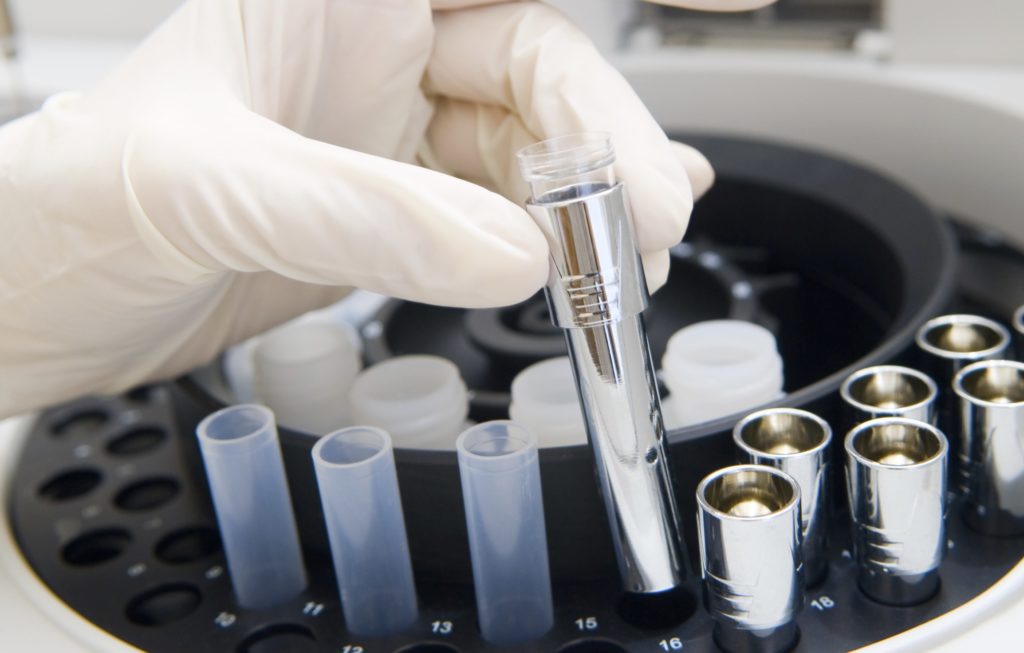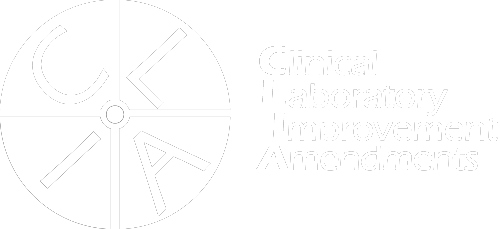Richmond, Va. – Confirmation drug testing, although sometimes needed, can be expensive; fortunately, it is not essential on every test.
In drug testing, there are two types of tests: qualitative, commonly referred to as a screen or presumptive test, and quantitative, commonly referred to as a confirmation or definitive test. A screen compares an unknown reaction to a known reaction to detect whether a person has a class of drug in their system above a certain cutoff level. A confirmation test compares an unknown to a reference sample to detect the specific drug in the system at the time of the sample collection, as well as the concentration. Typically, confirmation testing is only done if the initial screen is positive or when the screen is negative for a patient on a prescribed medication (i.e. should be positive).

Averhealth can test for over 1,500 substances across urine, breath, oral fluid, and hair using a full range of instrument laboratory testing methodologies. This includes screening and confirmation methods, including immunoassays, and liquid chromatography tandem mass spectrometry (LC-MS/MS). Samples that screen positive are screened a second time before being reported positive. If a sample requires confirmation testing, LC-MS/MS is used. The LC-MS/MS confirmation method is superior to GC/MS, because LC-MS/MS allows for greater compound coverage, the detection of designer and synthetic substances, better precision and sensitivity, and faster panel expansion to adapt to changing substance use trends.
Some common drug classes tested for in drug screens are: alcohol, marijuana, amphetamines, barbiturates, benzodiazepines, cocaine, methadone, opioids, etc.
For more information, please see below:
Admin AAPC. (2012, April 12). Qualitative vs. Quantitative Drug Testing. AAPC. Retrieved from https://www.aapc.com/blog/19170-qualitative-vs-quantitative-drug-testing/
United Health Care. (2019, April 10). Qualitative Drug Testing for Indications Other Than Mental Health. Guideline Number: MPG264.05. Retrieved from


